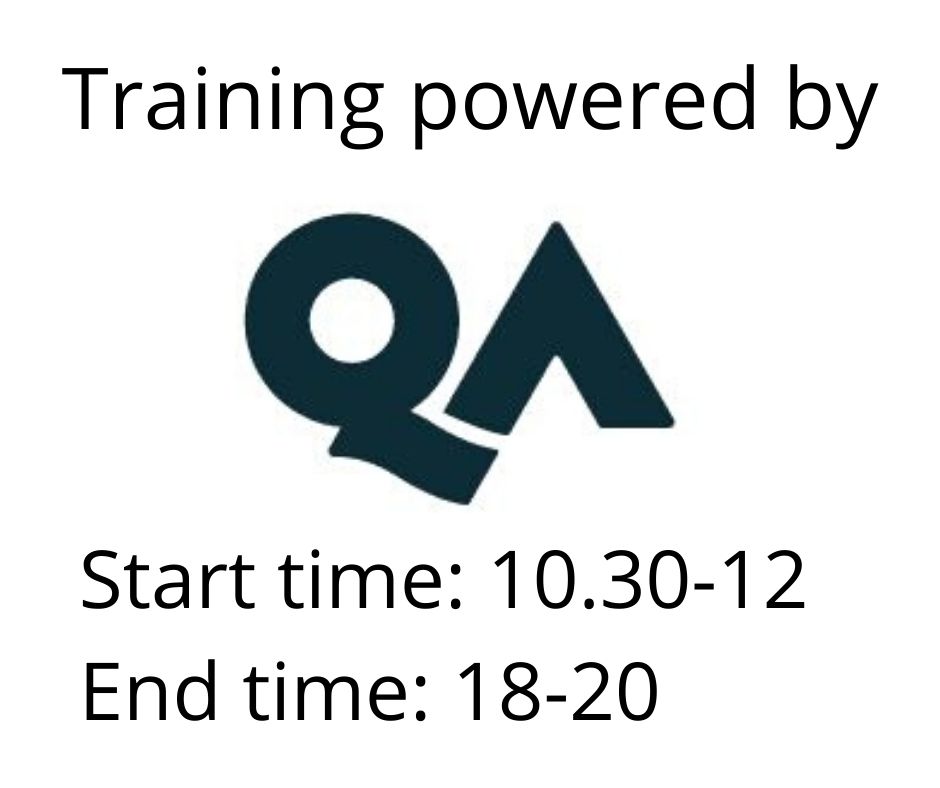Getting started with Google kubernetes engine
Learn to containerize workloads in Docker containers, deploy them to Kubernetes clusters provided by Google Kubernetes Engine, and scale those workloads to handle increased traffic. Students also learn how to continuously deploy new code in a Kubernetes cluster to provide application updates.
Osallistumismuoto
Remote
Kesto
1 päivä
Hinta
1306 €
Learn to containerize workloads in Docker containers, deploy them to Kubernetes clusters provided by Google Kubernetes Engine, and scale those workloads to handle increased traffic. Students also learn how to continuously deploy new code in a Kubernetes cluster to provide application updates.
Target Audience
This class is intended for the following participants:
- Application developers, Cloud Solutions Architects, DevOps Engineers, IT managers.
- Individuals using Google Cloud Platform to create new solutions or to integrate existing systems, application environments, and infrastructure with the Google Cloud Platform.
Learning outcomes
- Understand container basics.
- Containerize an existing application.
- Understand Kubernetes concepts and principles.
- Deploy applications to Kubernetes using the CLI.
- Create continuous delivery pipelines using Spinnaker and/or Jenkins.
Prerequisites
To get the most of out of this course, participants should have:
- Basic proficiency with command-line tools and Linux operating system environments, as well as Web server
- Systems Operations experience including deploying and managing applications, either on-premises or in a public cloud environment.
Module 1: Introduction to Containers and Docker
Acquaint yourself with containers, Docker, and the Google Container Registry.
- Create a container.
- Package a container using Docker.
- Store a container image in Google Container Registry.
- Launch a Docker container.
Module 2: Kubernetes Basics
Deploy an application with microservices in a Kubernetes cluster.
- Provision a complete Kubernetes cluster using Kubernetes Engine.
- Deploy and manage Docker containers using kubectl.
- Break an application into microservices using Kubernetes’ Deployments and Services.
Module 3: Deploying to Kubernetes
Create and manage Kubernetes deployments.
- Create a Kubernetes deployment.
- Trigger, pause, resume, and rollback updates.
- Understand and build canary deployments.
Module 4: Creating a Continuous Delivery Pipeline
Build continuous delivery pipelines using Spinnaker and/or Jenkins.
- Provision Spinnaker or Jenkins in your Kubernetes cluster.
- Manage application code in a source repository that can trigger code changes to a continuous delivery pipeline.
- Create a continuous delivery pipeline and start it manually or automatically with a code change.
- Implement a canary deployment that hosts two versions of your application in production for release testing.
Hinta 1306 € +alv
Pidätämme oikeudet mahdollisiin muutoksiin ohjelmassa, kouluttajissa ja toteutusmuodossa.
Katso usein kysytyt kysymykset täältä.
